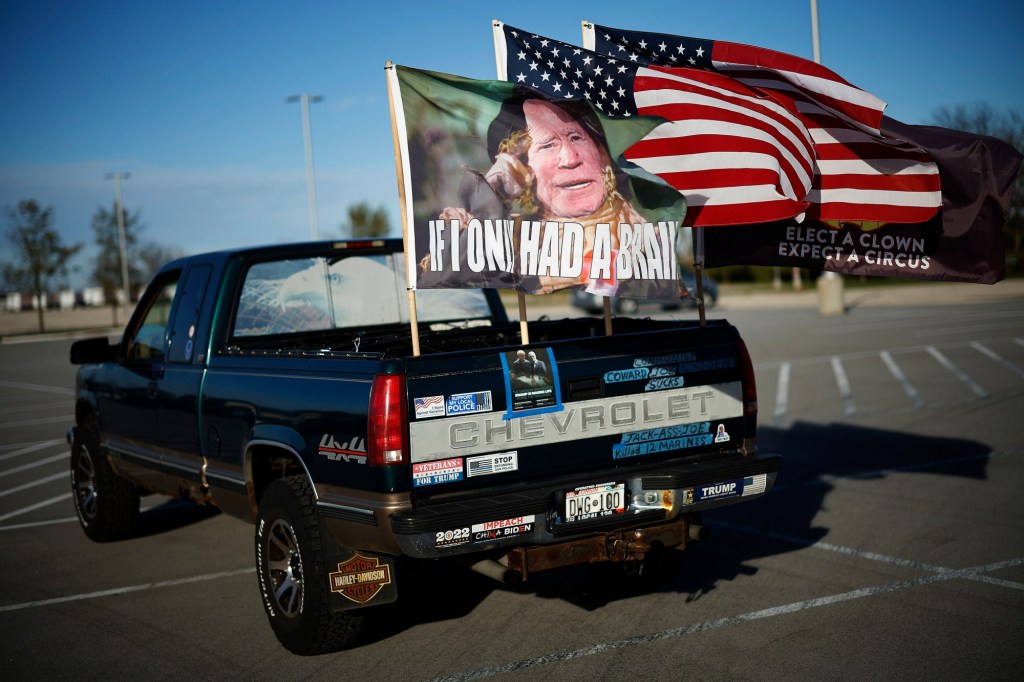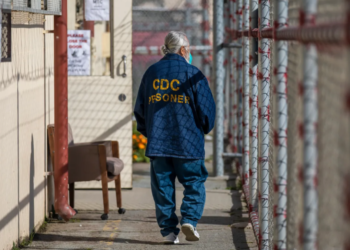In recent years, millions of people across the United States have moved from Democratic cities to Republican suburbs, complicating the politics of swing states in a pivotal election year, according to a Stateline analysis.
Republican suburban counties in four swing states — Georgia in the South and Michigan, Pennsylvania and Wisconsin in the Midwest — gained the most new arrivals; heavily Democratic cities lost the most. In Western swing states Arizona and Nevada, meanwhile, the biggest people magnets have been slightly Democratic cities that are expected to be hotly contested.
Those shifts reflect a nationwide trend: In Republican counties, as defined by the 2020 presidential vote, 3.7 million more people have moved in than have left since 2020, while Democratic counties had a net loss of 3.7 million, according to a Stateline analysis of U.S. Census Bureau estimates and county presidential election data kept by the University of Michigan.
The U.S. Census Bureau estimates released in March included people who moved within the country between mid-2020 and mid-2023, a time of pandemic dislocations, lockdowns in big cities, and the rise of remote work that fed a search for affordable housing in less crowded and more scenic settings. Those settings, as it turns out, also tend to be more conservative. The census numbers do not include births or immigration.
Whether the newcomers will vote Democratic this year, or whether they were disenchanted with Democratic policies in their former homes and will vote Republican, remains to be seen. The changes might affect local and congressional races the most, but even a few movers crossing state lines could sway presidential vote totals in swing states.
“We are looking at an election to be determined by a shift of such small numbers of people in each of these states that a few thousand votes in any one state can impact the electoral vote there,” said David Schultz, a political…
Read the full article here







